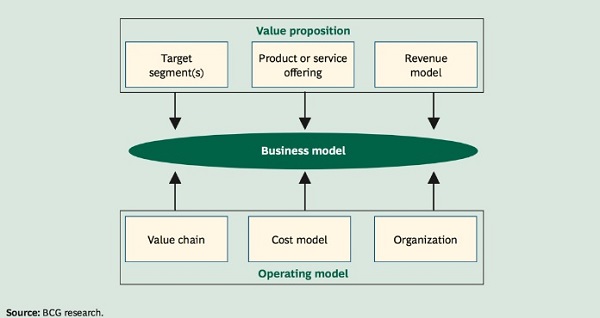Sure, there will still be fintechs that want to push incumbents out, but they’re unlikely to be around long.
Instead, what we’re seeing is the integration of fintech innovation with incumbent players.
More fintech companies are looking at filling holes in the financial services space, rather than trying to go head-to-head with financial institutions.
This is very different from the agenda that seemed to exist just 18 months ago.
Many fintechs now have the goal of being acquired. The realisation that existing financial institutions have the much-needed customer base and market share has set in.
Trying to build up a customer base from scratch requires a large burn rate, is high risk and can take a long time before profitability is achieved.
A better model seems to be position yourself as a great acquisition target.
What’s in your business model?
From the incumbent’s view, what really goes on when acquisition of a fintech is being considered?
How is the existing financial institutions business model affected and why does it matter?
Let’s look at a graphic of the Boston Consulting Group’s graphical business model to better understand these questions.

As you can see, the business model is split into two sections – value proposition and operating model.
The difference between these two is called profit (or loss). This view is much different than looking at financial statements.
It’s a broader picture of how a business creates profit.
In regards to acquisitions, incumbents must consider the target segment, which is likely to be different from their existing target segment.
As well, the value chain will change since new technology is being introduced from the acquired fintech.
This creates a new/different method of delivering value. The cost model will change as well, given needed ongoing maintenance, integrations, support for the new technology and additional personnel.
From a high level, the incumbent can see that at least three main areas of their business model will change. These areas being target segment, value chain and cost model.
More important, these three areas are spread across the two main business model sections (value proposition and operating model) where profit is captured.
Modifications to these three areas need to be coordinated in such a way that profitability is still captured.
If the value chain and cost model monetary impact are larger than that of the target segment, the acquisition will be a net loss.
Conversely, if the target segment has more monetary impact, the acquisition will produce a profit.
Considerations when changing your business model
What considerations might go into changing the target segment for example? The acquired fintech is beginning to build a defined customer base.
But this customer base is different from that of the incumbent’s existing customer base.
For example, the incumbent might service 85 per cent 30-55 year olds with incomes of at least $80,000.
On the other hand, the fintech may have 100 per cent 20-35 year olds with incomes ranging between $40,000-$75,000 and no income to invest.
As you can see, the two customer segments are very different. Besides the target segment difference, how else does this impact the business model? Each of the two segments requires very different marketing. This means additional research and cost for the incumbent.
Looking at the value chain within the operating model, the fintech has this well-defined in isolation.
Now the incumbent must consider how the fintech integrates with existing technology, teams and culture, to name a few upcoming hurdles.
Factors to consider outside of your business model
If integration seems to present so many issues, why integrate at all? Let’s assume the incumbent will have done the needed due diligence and concluded that the integration is well worth the effort.
The target segment will expand. This means a larger market for the incumbent.
The incumbent’s value chain will also offer more services, helping differentiate it from its competitors.
Making decisions based solely from financial statements or conceptually at a strategic level may leave a blind spot in your conclusion.
Factoring in the business model and the areas affected can help provide better coverage for important decisions.
Brett Romero is a financial services, software and IT industry copywriter and content marketer.





